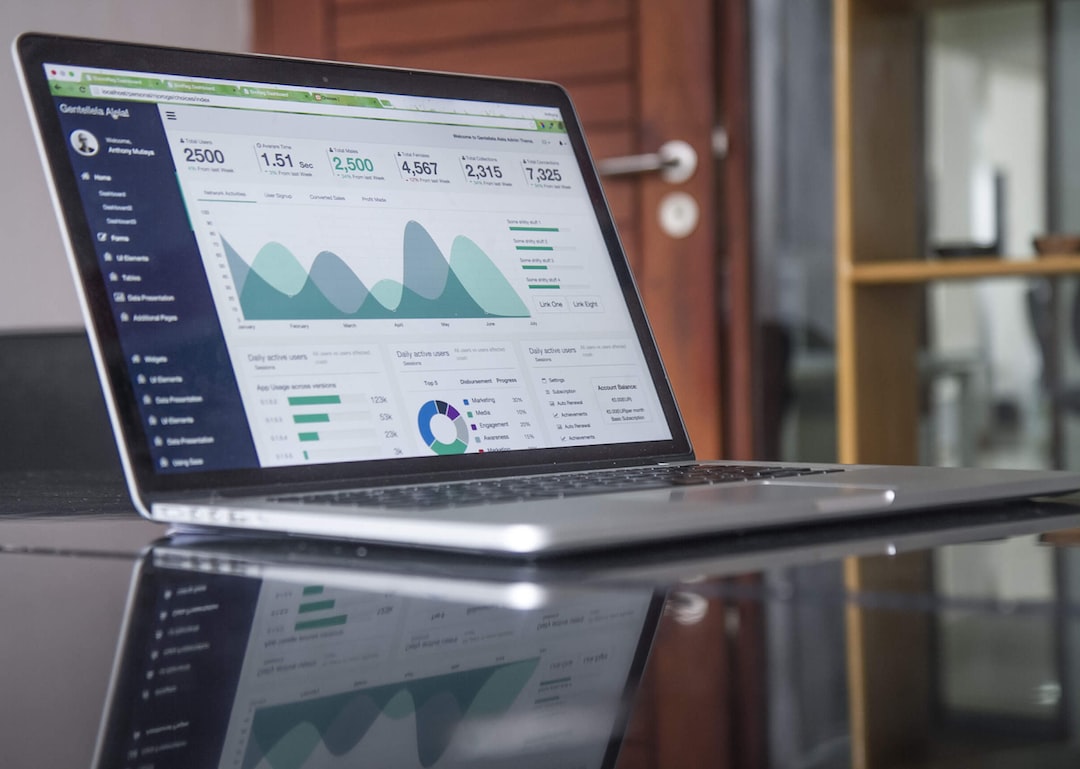How To Set Effective Key Performance Indicators (KPIs) - Plus KPIs in Excel
How To Set Effective Key Performance Indicators (KPIs) - Plus KPIs in Excel
1. Introduction
As a business owner or manager, you are responsible for ensuring that your company meets its targets and achieves its objectives. To do this, you need to set key performance indicators (KPIs) and track progress against them on a regular basis.
But what exactly is a KPI? And how do you go about setting effective ones? This article will answer those questions and give you some practical tips for setting KPIs in Excel.
A key performance indicator (KPI) is a quantifiable metric that is used to measure and track progress against a business goal. KPIs can be financial or non-financial, and they are specific to each company and industry.
There are many different ways to set KPIs, but the most important thing is to make sure that they are aligned with your business goals. Once you have set your KPIs, you need to track progress against them on a regular basis. The best way to do this is to use a software tool like Excel.
Excel is a powerful tool that can be used to track KPIs and other business metrics. There
https://unsplash.com/@austindistel
2. What is a KPI?
A Key Performance Indicator (KPI) is a measure of a company's performance at achieving specific goals. KPIs can be used to benchmark performance and measure progress against predetermined targets.
When setting KPIs, it is important to consider what is important to your company. KPIs can focus on financial growth or operational success, or they may be used to measure customer satisfaction, employee performance, or marketing campaigns.
KPIs should be specific to your company and should reflect the goals that you want to achieve. They should be measurable and quantifiable, and they should be attainable but also challenging.
It is important to set realistic but ambitious goals so that you can measure progress and identify areas of improvement. Once you have set your KPIs, you should monitor them on a regular basis to ensure that your business is on track to achieving its goals.
https://unsplash.com/es/@goumbik
3. The difference between good and bad KPIs
It is important to remember that there is a difference between good and bad KPIs. A good KPI should be measurable, actionable, attainable and inspiring. It should feel like an achievable goal and motivate your team to better performance.
A bad KPI should be overly abstract, impossible to measure, or uninspiring. Bad KPIs make your team feel as if they are running in circles and are unlikely to produce any meaningful results.
Here are some examples of good and bad KPIs:
Good: Increase customer satisfaction score by 10%
Bad: Improve customer service
Good: Increase customer loyalty by 50%
Bad: Increase customer loyalty
Good: Increase revenue by 25%
Bad: Make more money
https://unsplash.com/@kaleidico
4. How to choose the right KPIs for your business
The key to selecting the right KPIs for your business is understanding what drivers lead to success. Leaders need to look beyond the metrics that generalize success and focus on the ones that will make the most impact for their company. Choosing the right KPIs can help measure performance and set realistic goals for the future.
To ensure that you’re setting the right KPIs for your business, you should consider the following:
1. Start with the End in Mind - Set goals that factor in the wider objectives of your business.
2. Understand What Metrics are Critical to Success - Identify the KPIs that are the most important and focus on those.
3. Monitor the KPIs on a Regular Basis - Monitor the KPIs on a regular basis in order to track progress and make necessary adjustments or changes as needed.
4. Make Adjustments Accordingly - Don’t hesitate to make changes. Regularly adjust your KPIs as the situation changes or if goals change.
5. Leverage Technology - Use the latest technology to make data collection and analysis faster and more accurate.
When it comes to setting KPIs for your business, it’s important to ensure that they’re tailored to the needs of your specific business. Identifying the KPIs that are most important to your business and monitoring them on a regular basis is the key to success.
https://unsplash.com/@firmbee
5. How to set effective KPIs
Once you have chosen the right KPIs, the next step is to determine how to set effective KPIs. Here is a five-step process to setting KPIs:
Step 1: Set Clear Targets - Establish SMART (Specific, Measurable, Achievable, Relevant, and Time-bound) targets for each KPI.
Step 2: Define Actionable Steps - Define the steps that need to be taken in order to achieve each KPI.
Step 3: Monitor Performance - Monitor KPI performance on a regular basis to ensure you are meeting the desired outcomes.
Step 4: Determine Root Causes - Identify any root causes if KPIs are not being met and take corrective action.
Step 5: Take Action - Ensure the corrective actions are carried out and reassess the KPIs regularly.
Setting effective KPIs requires time and effort, but it is necessary in order to ensure a successful business. By following the five steps outlined above, businesses can find the best KPIs to measure performance and set competitive goals for their company.
https://unsplash.com/@kaleidico
6. KPIs in Excel
If you’re looking to track and monitor your key performance indicators (KPIs), Excel is a great tool for the job. With its powerful functions and data analysis tools, it can easily be used to track and monitor KPIs.
In Excel, you can easily track, monitor, and analyze your KPIs. The following are some useful tips and tricks for using Excel to track KPIs:
- Create a dashboard: Create a dashboard with a list of key performance indicators and their respective data points. This makes it easier to monitor a variety of KPIs at once.
- Use formulas and functions: Excel provides a range of formulas and functions that can be used for analysis. Such functions and formulas can be used to compare and analyze data of KPIs.
- Automate data refresh: Excel has the ability to automate data refresh so that the dashboard is constantly updated with the latest data. This makes it easier to track changes in KPIs and course correct if necessary.
- Use conditional formatting: To highlight KPIs that are performing above/below target, use conditional formatting. This allows you to quickly identify areas that need improvement.
Using Excel to track KPIs is a great way to monitor them and ensure they are achieving their desired results.
https://unsplash.com/@kmuza
7. To wrap things up
After setting your KPIs and tracking them in Excel, it’s important to wrap things up with an assessment. Examine the data collected, analyze the results, and identify areas for improvement.
Make sure you’re also considering external factors that may be impacting performance, such as industry changes and customer preferences. If your KPIs indicate that something is off, take action accordingly and adjust your KPIs as necessary.
It’s also important to remember that KPIs change over time, so make sure to regularly review your goals and update them accordingly.
Ultimately, setting effective KPIs and tracking them in Excel can help you better understand performance and make decisions that will improve business performance. By effectively tracking KPIs in Excel, you can ensure that you’re reaching your goals and achieving success.
For any question, please contact us in OpenTimeClock.com. https://www.opentimeclock.com.
Created with the Personal Edition of HelpNDoc: Add an Extra Layer of Security to Your PDFs with Encryption





